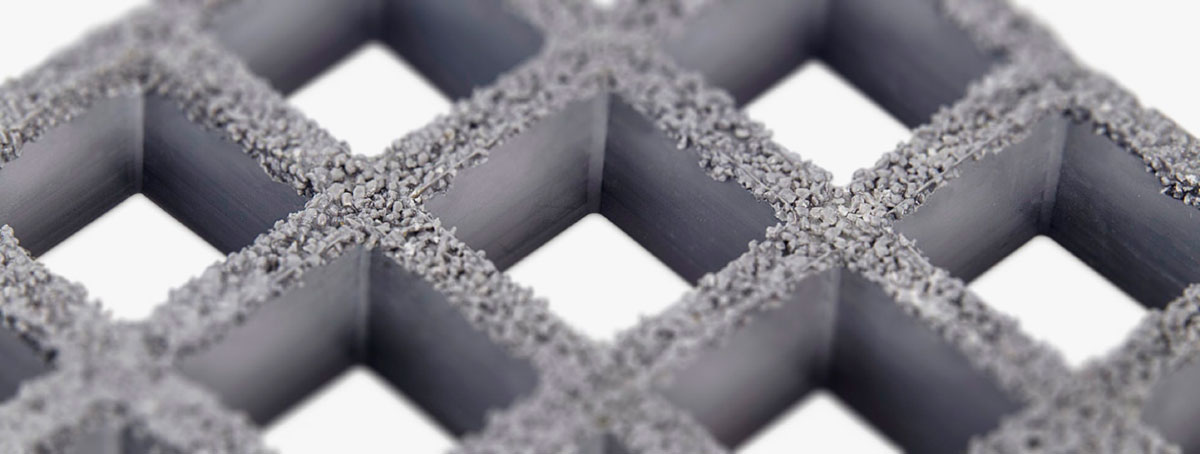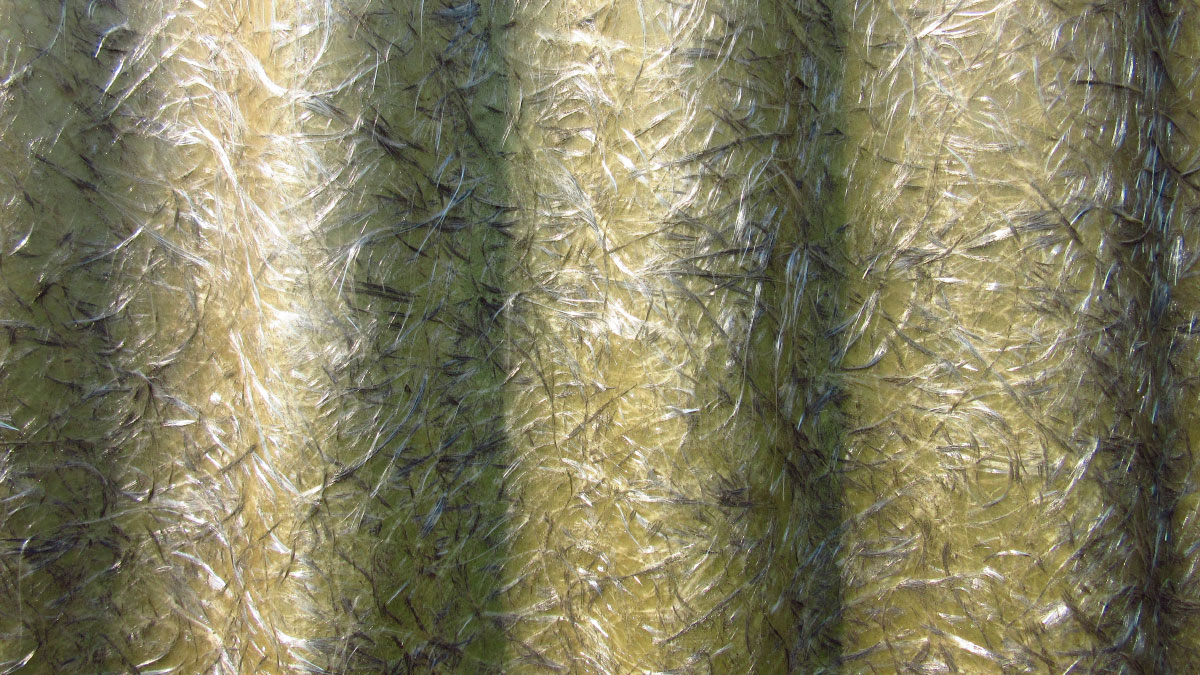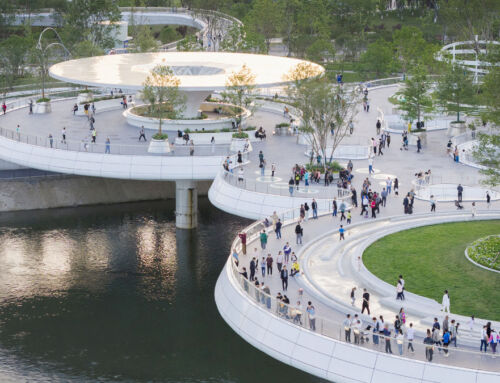In the catalogue of composite materials, glass fibre reinforced plastic (or GRP) occupies a prominent place because of its ability to adapt to challenges as diverse as the construction of chlorine-resistant water slides, or hurricane-resistant wind turbine blades. This material, the result of the union of polymer resins and glass fibres, combines the best of both materials: the versatility of plastic and the strength of fibrous reinforcements. But its application goes far beyond water parks or wind turbines. Let’s take a look:
An ally in construction, infrastructure and transport
In the field of construction, GRP has proven to be a superior alternative to traditional materials in situations where corrosion would be enemy number one. Pipes made of this compound transport aggressive fluids in chemical plants without degrading. In coastal areas, gratings and walkways withstand decades of salt spray without showing signs of fatigue.
It is also used in civil engineering, in the form of bars or mesh, as reinforcement for concrete structures, especially in bridges and tunnels, where rust compromises safety. Its ability to take organic forms has also made it the material of choice for lightweight roofs and sculptural façades that defy the limitations of steel and concrete.
In transport, its strength-to-weight ratio makes it ideal for use in bus bodywork to reduce fuel consumption. It can also be used in boat hulls that sail through salty waves without succumbing to marine corrosion. Recreational vehicles also benefit from its light weight and versatility, allowing for more aerodynamic and efficient designs.

GRP in sustainable energy and water management
As we said, the energy sector has also found in GRP an ally. Modern wind turbine blades, which can exceed 80 m in length, depend on this material to maintain their integrity in extreme winds without collapsing under their own weight. Similarly, in electrical substations, its insulating properties prevent short circuits in wet conditions. In water treatment plants, GRP guarantees durability, from filter grids to large-diameter pipes.
Urban design: functionality with aesthetics
The malleability of GRP has opened up creative possibilities in public space. Urban sculptures, curved benches with lines impossible for wood, or translucent canopies that filter sunlight are examples. Its resistance to vandalism and extreme weather conditions makes it the preferred choice for street furniture in coastal cities or areas with high air pollution.
As you can see, GRP, born of post-war engineering, has become an invisible but essential pillar of modern life.
By Eduardo Hernández García, Senior Structural Modeller in Amusement Logic’s Architecture Dept.






